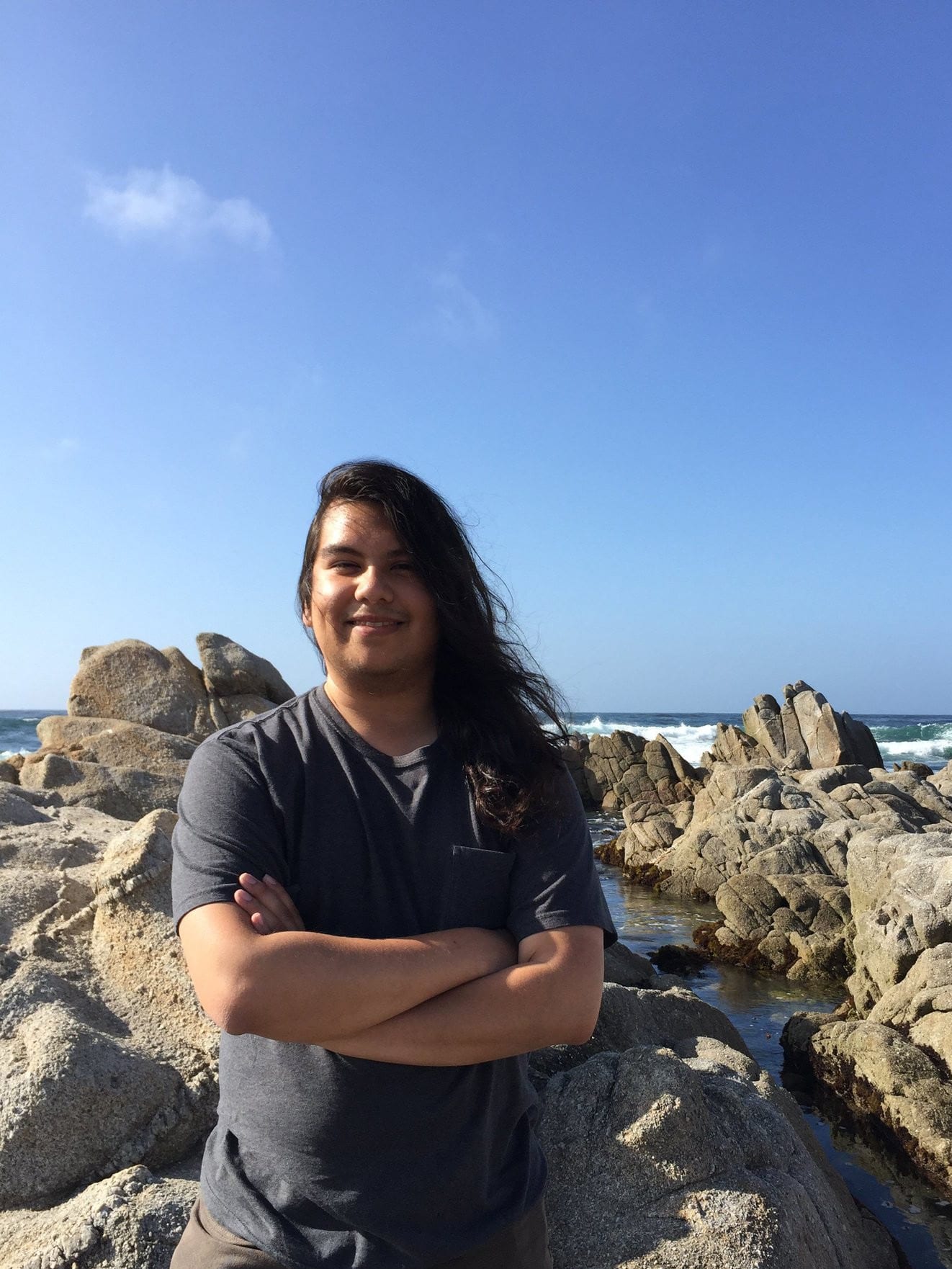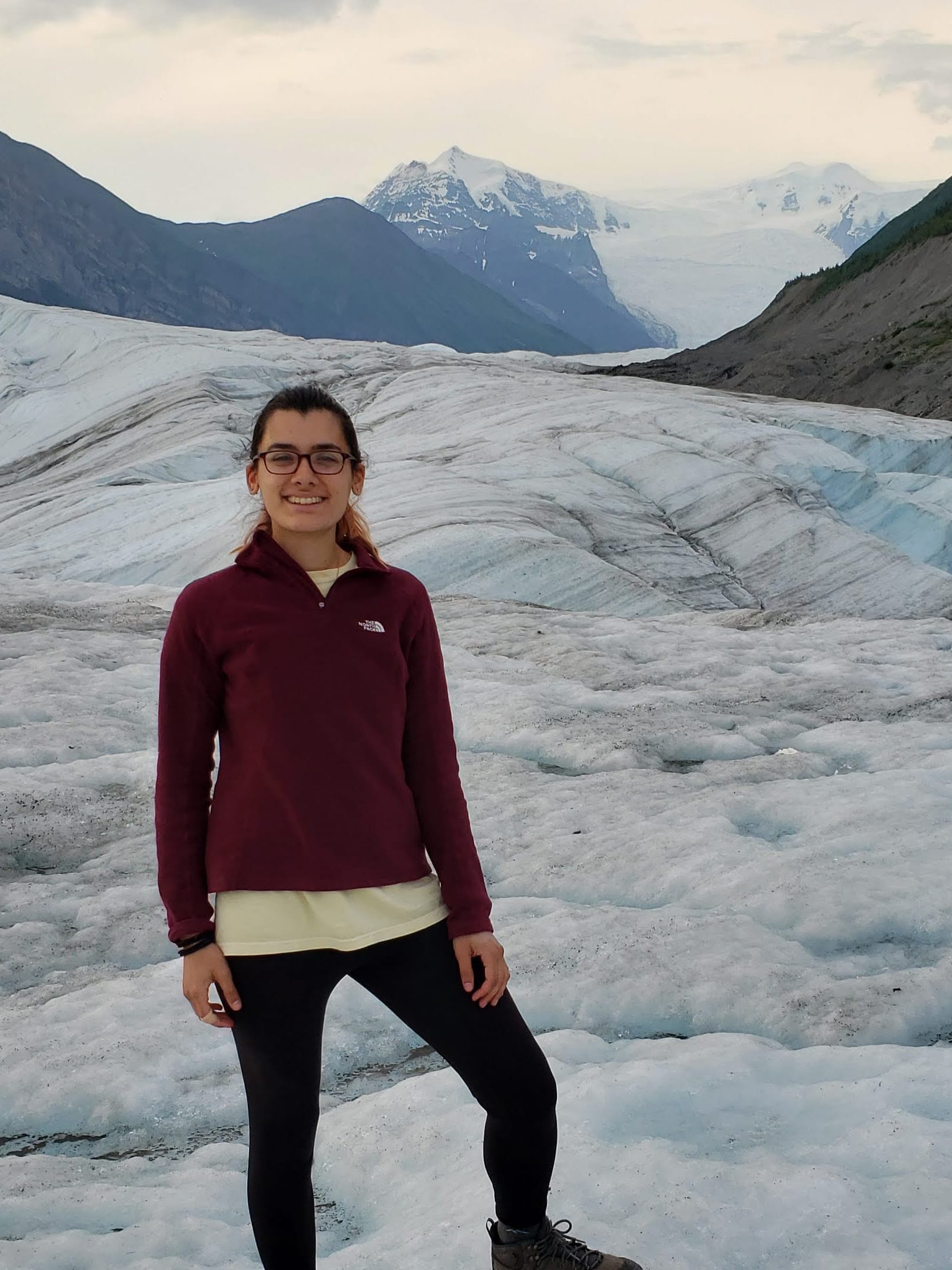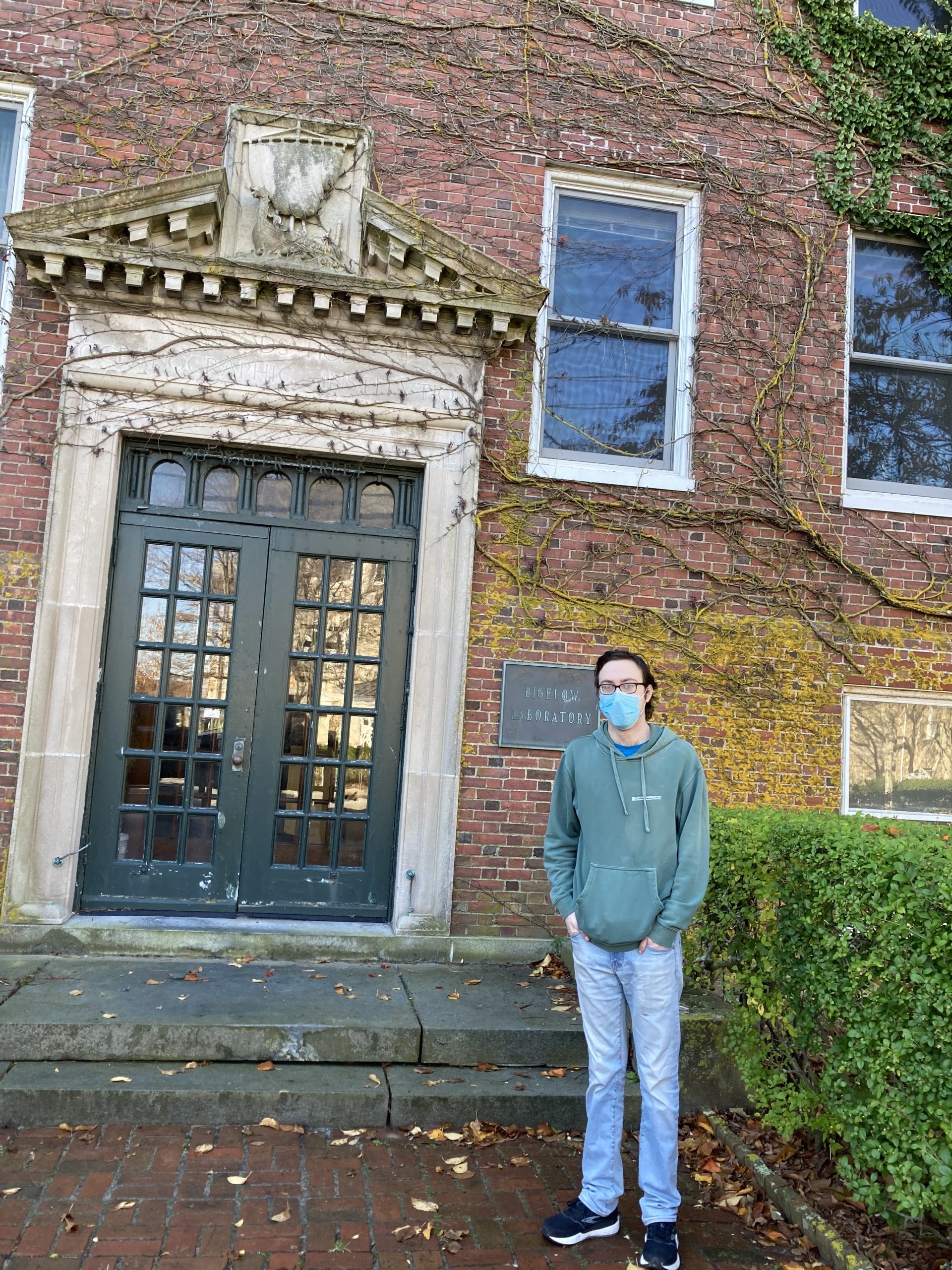2020 Research Highlights

Remote Research for Remote Locations
Michael Meneses, UC Santa Barbara
The SSF Program was an incredible opportunity for me to explore not just my research interests, but also hone my skills as an academic and scientist. Besides the internship it was also an amazing gateway to meeting new people, researchers, and other students all of whom shared a common interest and passion for discovery and learning. Unfortunately, my program happened to land in the summer of 2020, a time when the year was going from bad to worse. Due to the shutdowns caused by COVID-19, the SSF program had to be completely changed into a remote format. Despite these enormous changes to the program, and the fact that we as interns could no longer physically be at WHOI, the SSF faculty were somehow able to roll with the punches and still provide us with an amazing, enriching research experience from home.
Due to my lifelong interests in studying the deep sea, I was incredibly lucky to find myself working with Dr. Lauren Mullineaux and her lab in order to explore the ecology of deep-sea hydrothermal vents located near 9°50’ N of the East Pacific Rise. The new remote format drastically altered our initial plans for a research project, however, Dr. Mullineaux provided me with both the guidance and creative freedom to create my own project that I could work on from home. My revamped project involved using high resolution images and video of Lucky's Mound, a recently discovered inactive hydrothermal vent located just off the central valley of the EPR research site. Using these images along with coordinate and environmental data taken by the research sub Alvin, my goal was to explore the faunal composition of Lucky's Mound compared to a well-studied active hydrothermal vent named Tica Vent, as well as differences in environmental conditions that could be driving these patterns. Most of my work involved collecting, cross-referencing, and compiling various data taken during the research cruise, as well as sorting through an insane amount of images in order to mark and identify as many individual organisms as I could. One of the upsides to the remote nature of my project is that I could work on it at any time and almost any place, making it an ideal project for my senior thesis.
Unlike previous SSF interns, the switch to a virtual format meant that many of the group meetings and activities would be completely different than they used to be. Although we still had meetings and lecture webinars, it was a lot harder to capture the same feeling of community when trying to do it over Zoom. Despite this, I found myself completely immersed in a wonderful community of scientists, researchers, and faculty not just from WHOI but also from other institutions. The other SSF interns also started a Discord and Slack channel where we could meet up on the weekends and have game nights. I was even included in the weekly meetings held by the Larval Ecology Group and reading club. Despite all the drawbacks of 2020, I still found the SSF program to be an incredibly enriching experience that not only allowed me to develop as a researcher, but also as a professional and a member of the WHOI community.

Ice-Ocean Interactions in Antarctica
Zoe Gorenberg Screwvala, University of South Carolina
How much will sea levels rise in the coming decades? Part of the answer to that question is literally frozen into the edges of Antarctica. My goal as a 2020 Summer Student Fellow was to contribute to answering that question by learning more about the stability of floating ice shelves – particularly the edges of those shelves, known as ice cliffs. I worked with Dr. Catherine Walker in the Applied Ocean Physics and Engineering department developing a method to use laser altimetry data from ICESat-2 to measure freeboard elevation, or the height of ice shelves above water. ICESat-2, which takes a new land ice elevation measurement every 0.7 m, provides some of the first remote sensing data that allows us to reliably measure the freeboard elevation of land ice on a large scale.
The Marine Ice Cliff Instability (MICI) theory, which says, in part, that ice cliffs in nature will never reach more than 90 m, helped to motivate this study. This threshold is based on models and a few observational measurements. Essentially, the lower density of ice means that denser seawater can exert a buoyant force on the ice shelf that is strong enough to destabilize the shelf if there is too much ice submerged and not enough ice weighing it down above water. By using Landsat images and ICESat-2’s Land Ice data product ATL06, I was able to locate and measure the ice cliff heights at nearly 300 points along three sites in Antarctica.
As predicted by MICI, it appears that taller cliffs are less stable. For example, the most actively calving ice shelf, Pine Island Glacier, had an average cliff height 24 m higher than that of Ronne Ice Shelf, which flows slowly into the Weddell Sea. We also looked into ocean dynamics on the Antarctic continental shelf, seeking to understand how different water masses interacting with the ice shelves might affect their activity. Pine Island Glacier, for example, had the warmest sea surface temperatures of the three sites, as well as the highest seasonal variability in temperature. Further investigation into the ocean temperature and salinity at depth will give us even more insight into the stability of floating ice shelves.
A virtual research project was definitely different from what my in-person experience would have been, but my advisor and everyone involved in the SSF program created a welcoming space amidst an uncertain summer. I was able to connect with other students and engage in virtual social events. We enjoyed weekly SSF program lectures from a wide variety of WHOI’s renowned scientists, and I learned about their careers and the work they do. Graduate students in the MIT-WHOI joint program were also very involved and gave me some great advice as a college senior looking into graduate school myself. I could be independent and creative in my work on the project, but always had support from my advisor and others when I needed it. I’ve stayed in touch with WHOI scientists and students and plan to present my research at the AGU Fall meeting this December.

Classifying Dispersive Whale Calls with Deep Learning
Mark Goldwater, Franklin W. Olin College of Engineering
Last summer I worked with Dr. Julien Bonnel and Dr. Daniel Zitterbart to develop a machine learning model that is able to detect dispersive whale calls. In a shallow water environment, impulsive 'gunshot' calls emitted from marine mammals such as the Southern right whale interacts with the sea surface and seabed in such a way that is conducive to creating different modes in the propagating signal (components of the signal that have a frequency-dependent speed). At the end of the summer, the model that I created demonstrated high accuracy and precision in identifying multi-modal calls. Throughout the summer, I was able to actively engage with my advisers as well as other members of the lab to successfully complete the project.
The output of my research last summer has many applications in ocean acoustics research. For example, Dr. Bonnel is actively working with a signal processing algorithm called nonlinear time-warping which is able to mathematically separate the previously mentioned modes that compose dispersive signals. With the modes separated, he uses them to produce estimations of local environmental parameters or perform range estimation and localization of the marine mammal that produced the noise. My research will help to automatically identify dispersive calls in large audio data obtained via passive acoustic monitoring (PAM) that can be used as inputs to produce these metrics. With this, we will more quickly be able to generate data which can be used to measure ocean environment parameters or track the migration patterns of whales.
Despite the COVID-19 pandemic, the Summer Student Fellowship (SSF) program at WHOI was truly a formative experience in my academic career. From conversations with my Joint Program mentor to attending the weekly virtual seminars, I was able to see and experience the research at WHOI and learn about a future career in ocean science and engineering. Through my project, I was able to engage with online courses on deep learning and high-level frameworks to implement the models, such as Tensorflow/Keras in Python, and directly apply what I learned to my research. I was also able to virtually spend time with the other SSF students playing online games during downtime or just chatting.
My time at WHOI introduced me to a research domain where I can apply my engineering skill set to explore the greatest unknown on our planet: the ocean. Sitting in my house (which is not very close to the sea shore), I felt like I was part of a team of engineers and scientists who, despite the physical distance, were united in a mission to reveal what secrets the ocean has in store.
